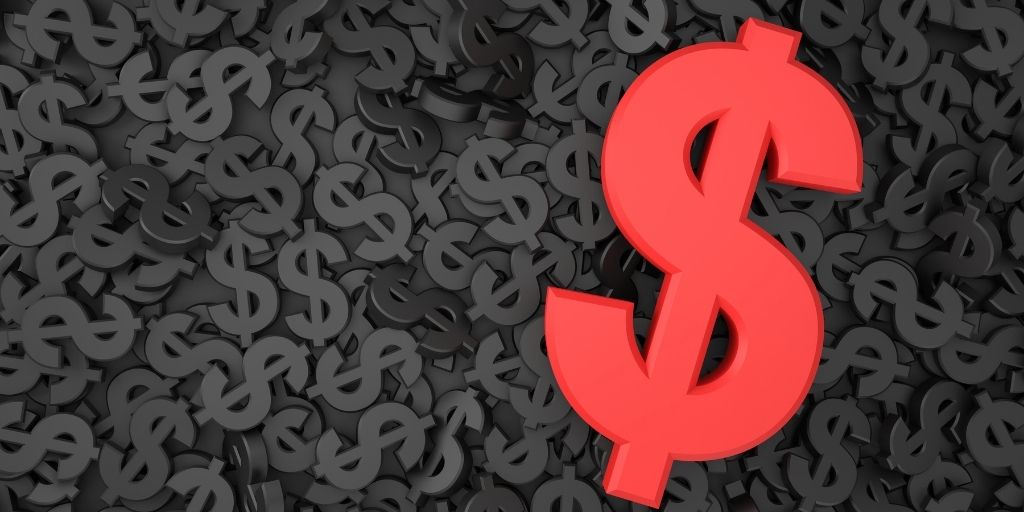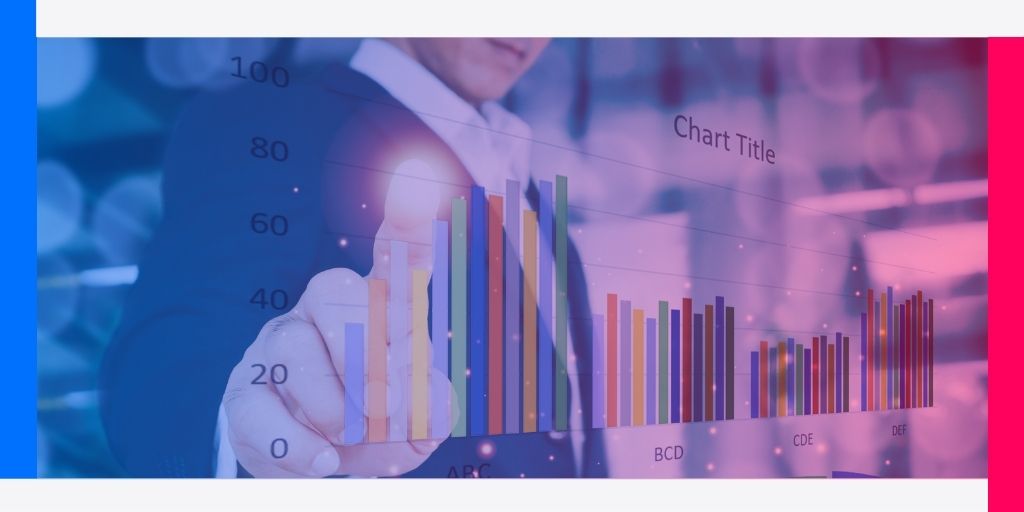
What is intelligent pricing? Here are some examples.
11/17/2021 - Dynamic pricing
Smart pricing, price intelligence, dynamic pricing. I am sure you have already heard these three terms bounced around by marketing and business strategists in both the e-commerce and traditional business arenas. What do they mean exactly? What makes smart pricing different from other pricing strategies? We will explain in-depth and give you examples to see how to apply smart pricing to your busine
Price Intelligence, the dynamic pricing technology
Smart pricing is part of a strategic trend that bases business performance optimisation on adapting prices, based on data from market behaviour and its consumers. This data is collected and stored to draw conclusions that improve your business results, bringing you closer to users' expectations.
Dynamic pricing is an example of price intelligence. This pricing strategy consists in adapting the prices for each product or service in your catalogue to circumstances around you at any given moment. It, therefore, allows you to obtain the maximum profit possible for each sale.
Price intelligence is based on the common belief of delivering what your customer expects whilst being profitable for you. It helps you take advantage of every sales opportunity that might otherwise go unnoticed.
Can I apply intelligent prices to my business?
Yes, smart pricing can be applied to different business contexts. Most businesses adopt this new pricing strategy to explore better ways to achieve results with possible price variations.
Smart prices are already accessible to any business. Pricing tools connect and analyse different data sources to calculate stocks, sales, track competition, etc. They have even reached previously less digitized sectors such as hospitality. The COVID pandemic caused countless closures. Therefore, the hospitality industry has had to adapt its user contact strategies to take advantage of every hour that passes with the doors open. Different menu prices have already evolved depending on the day of a reservation, the time of the meal, or even the area where you sit (bar menu or restaurant menu, for example).
This is how they have followed the lead of other sectors that have worked with smart prices for years, even decades. The quintessential example is that of the travel and tourism sector. The price of tickets and reservations according to the date has always been variable. However, what if we knew that price might vary depending on the day you make the purchase? This strategy aims to leverage demand peaks to maximize profits, and level out dips in interest with more attractive prices to attract new clientele.
This type of change is used to make premises opening hours more profitable in times with lower diner footfall. McDonald’s, for example, implements price fluctuations according to parameters as variable as the time of year, the weather, or the type of consumer who comes from one hour to the next. With all this data, the American chain offers combos and new menu options to its consumers. They increase the average bill thanks to a fast response to consumers’ needs.

Two examples of intelligent pricing during special offer periods
During sales and widespread discount events, smart pricing is key to maximising profit on each sale.
E-commerce examples are the easiest to see. Why? Online competitor monitoring seems to be more approachable through data tracking. Internet giants like Alibaba or Amazon work with price intelligence to adjust the price of each item based on the hours of peak sales, or available stock units, for example.
However, this example can also be implemented offline. Who gets the best sales discounts? The first or last customers? Promotions increase in value as stock levels fall. When there are many offers, such as Black Friday, retailers also use their own countdown to set different prices as the end date approaches. Companies like Inditex, the Spanish multinational company that includes brands such as Zara, offer different (usually slightly lower) discounts during Cyber Monday for exclusive online use. This example also applies to other brands that offer exclusive pre-sale discounts for their registered customers to create a sense of urgency. As you can see, the customer portfolio is critical here.
Working with smart pricing is an excellent way to improve your business results. However, you should always consult the right advice from a Dynamic Pricing tool like Reactev to implement it.
Category: Dynamic pricing
